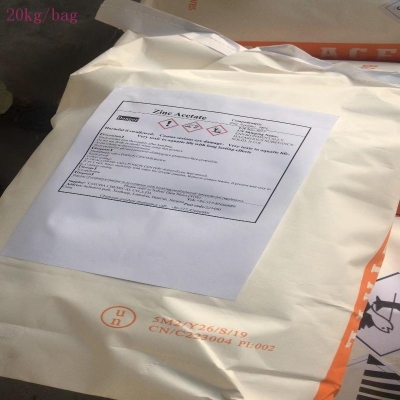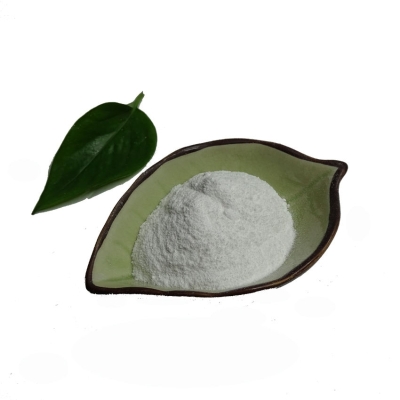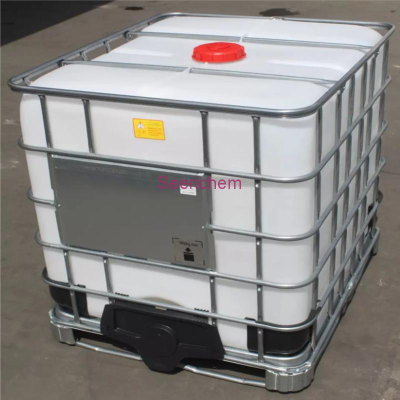-
Categories
-
Pharmaceutical Intermediates
-
Active Pharmaceutical Ingredients
-
Food Additives
- Industrial Coatings
- Agrochemicals
- Dyes and Pigments
- Surfactant
- Flavors and Fragrances
- Chemical Reagents
- Catalyst and Auxiliary
- Natural Products
- Inorganic Chemistry
-
Organic Chemistry
-
Biochemical Engineering
- Analytical Chemistry
-
Cosmetic Ingredient
- Water Treatment Chemical
-
Pharmaceutical Intermediates
Promotion
ECHEMI Mall
Wholesale
Weekly Price
Exhibition
News
-
Trade Service
At present, the intensity of precipitation in the south is high, heavy rains are frequent, and disasters are serious.
The soil in some areas is saturated with water, and the waterlogging cannot be discharged in time.
Some of the damaged farmland needs to be replanted.
Soybean is an important crop for disaster relief and replanting.
In order to minimize disaster losses, technical guidance on soybean recovery after the disaster was put forward.
? Early implementation of post-disaster land management measures.
For soybean fields with serious but undamaged waterlogging, timely remove waterlogging and drainage.
If the field is large, uneven and difficult to drain, ditching should be timely to drain waterlogging and prevent waterlogging.
For fields with prosperous growth, large populations, and protruding trends in the early stage, in order to suppress the prosperous growth of soybeans and enhance the lodging resistance, the soybeans can be chemically controlled and prevented before the first flowering, and 20 ml of methystine per mu is sprayed with 20 kg of water.
Spray or spray with 50 grams of 15% paclobutrazol and 40-50 kilograms of water.
Appropriate application of phosphorus and potassium fertilizers, spraying of potassium dihydrogen phosphate, Yemianbao and other foliar fertilizers can prevent premature plant senescence and increase grain weight.
? Promptly sow early-maturing soybean varieties.
There are various types of soybean varieties in the southern region.
In recent years, spring soybean varieties have been widely used in production instead of summer and autumn soybean varieties, and high yields can still be obtained.
Reasonably determine the sowing date.
Sowing soybeans in late summer should be replanted before July 25; in areas where there is a habit of planting autumn soybeans, soybeans can be sown in autumn from mid-July to August 10.
Reasonable selection of varieties, replanting soybean varieties can choose early-maturing summer soybean varieties; in some areas, spring soybean varieties with earlier growth periods can be used instead.
In order not to affect the next wheat and rape sowing, spring soybean varieties can also be used instead of autumn and summer soybean varieties for autumn sowing soybeans.
? Classified guidance to strengthen field management.
The first is to grab the moisture and sowing seeds.
After the flood disaster occurs, it is necessary to drain the accumulated water in the field in time, and plant seeds in time.
The earlier the planting time, the higher the yield in general.
For areas without irrigation, according to the weather forecast, rush to plant before the end of the rainy season to prevent the impact of drought.
The second is to apply plantar fertilizer and increase the application of quick-acting fertilizer.
Generally, 25 kilograms of compound fertilizer and 5 kilograms of urea are used as base fertilizer per mu.
After emergence, you can topdress 5 kg of urea 1-2 times per mu according to the growth of the plant, or spray quick-acting fertilizer on the foliage.
The third is to increase the density appropriately.
The normal planting density of soybeans sown in summer is 13,000 per mu, and the planting density of soybeans sown in late summer can be increased to 1.
About 70,000 plants, if spring soybean varieties are used instead of summer and autumn soybean varieties, the planting density per mu can be increased to about 30,000 plants.
The fourth is chemical weeding.
After sowing, use acetochlor, dore, etc.
for closed weed control, and suitable herbicides can be used to control large weeds after emergence.
The fifth is to strengthen pest control.
Due to the high temperature during the growth and development period of late sowing soybeans, various diseases and insect pests occur more severely, and the prevention and control of diseases and insect pests should be strengthened, focusing on the prevention and control of Spodoptera litura, cotton bollworm, leaf roller, red spider, bean stalk black miner, etc.
Pay attention to the prevention and treatment of bean pod borers.
Sixth, harvest in time.
In autumn, the air is dry, and the soybean leaves should be harvested in time after the yellow leaves to prevent the pods from exploding.
The soil in some areas is saturated with water, and the waterlogging cannot be discharged in time.
Some of the damaged farmland needs to be replanted.
Soybean is an important crop for disaster relief and replanting.
In order to minimize disaster losses, technical guidance on soybean recovery after the disaster was put forward.
? Early implementation of post-disaster land management measures.
For soybean fields with serious but undamaged waterlogging, timely remove waterlogging and drainage.
If the field is large, uneven and difficult to drain, ditching should be timely to drain waterlogging and prevent waterlogging.
For fields with prosperous growth, large populations, and protruding trends in the early stage, in order to suppress the prosperous growth of soybeans and enhance the lodging resistance, the soybeans can be chemically controlled and prevented before the first flowering, and 20 ml of methystine per mu is sprayed with 20 kg of water.
Spray or spray with 50 grams of 15% paclobutrazol and 40-50 kilograms of water.
Appropriate application of phosphorus and potassium fertilizers, spraying of potassium dihydrogen phosphate, Yemianbao and other foliar fertilizers can prevent premature plant senescence and increase grain weight.
? Promptly sow early-maturing soybean varieties.
There are various types of soybean varieties in the southern region.
In recent years, spring soybean varieties have been widely used in production instead of summer and autumn soybean varieties, and high yields can still be obtained.
Reasonably determine the sowing date.
Sowing soybeans in late summer should be replanted before July 25; in areas where there is a habit of planting autumn soybeans, soybeans can be sown in autumn from mid-July to August 10.
Reasonable selection of varieties, replanting soybean varieties can choose early-maturing summer soybean varieties; in some areas, spring soybean varieties with earlier growth periods can be used instead.
In order not to affect the next wheat and rape sowing, spring soybean varieties can also be used instead of autumn and summer soybean varieties for autumn sowing soybeans.
? Classified guidance to strengthen field management.
The first is to grab the moisture and sowing seeds.
After the flood disaster occurs, it is necessary to drain the accumulated water in the field in time, and plant seeds in time.
The earlier the planting time, the higher the yield in general.
For areas without irrigation, according to the weather forecast, rush to plant before the end of the rainy season to prevent the impact of drought.
The second is to apply plantar fertilizer and increase the application of quick-acting fertilizer.
Generally, 25 kilograms of compound fertilizer and 5 kilograms of urea are used as base fertilizer per mu.
After emergence, you can topdress 5 kg of urea 1-2 times per mu according to the growth of the plant, or spray quick-acting fertilizer on the foliage.
The third is to increase the density appropriately.
The normal planting density of soybeans sown in summer is 13,000 per mu, and the planting density of soybeans sown in late summer can be increased to 1.
About 70,000 plants, if spring soybean varieties are used instead of summer and autumn soybean varieties, the planting density per mu can be increased to about 30,000 plants.
The fourth is chemical weeding.
After sowing, use acetochlor, dore, etc.
for closed weed control, and suitable herbicides can be used to control large weeds after emergence.
The fifth is to strengthen pest control.
Due to the high temperature during the growth and development period of late sowing soybeans, various diseases and insect pests occur more severely, and the prevention and control of diseases and insect pests should be strengthened, focusing on the prevention and control of Spodoptera litura, cotton bollworm, leaf roller, red spider, bean stalk black miner, etc.
Pay attention to the prevention and treatment of bean pod borers.
Sixth, harvest in time.
In autumn, the air is dry, and the soybean leaves should be harvested in time after the yellow leaves to prevent the pods from exploding.







